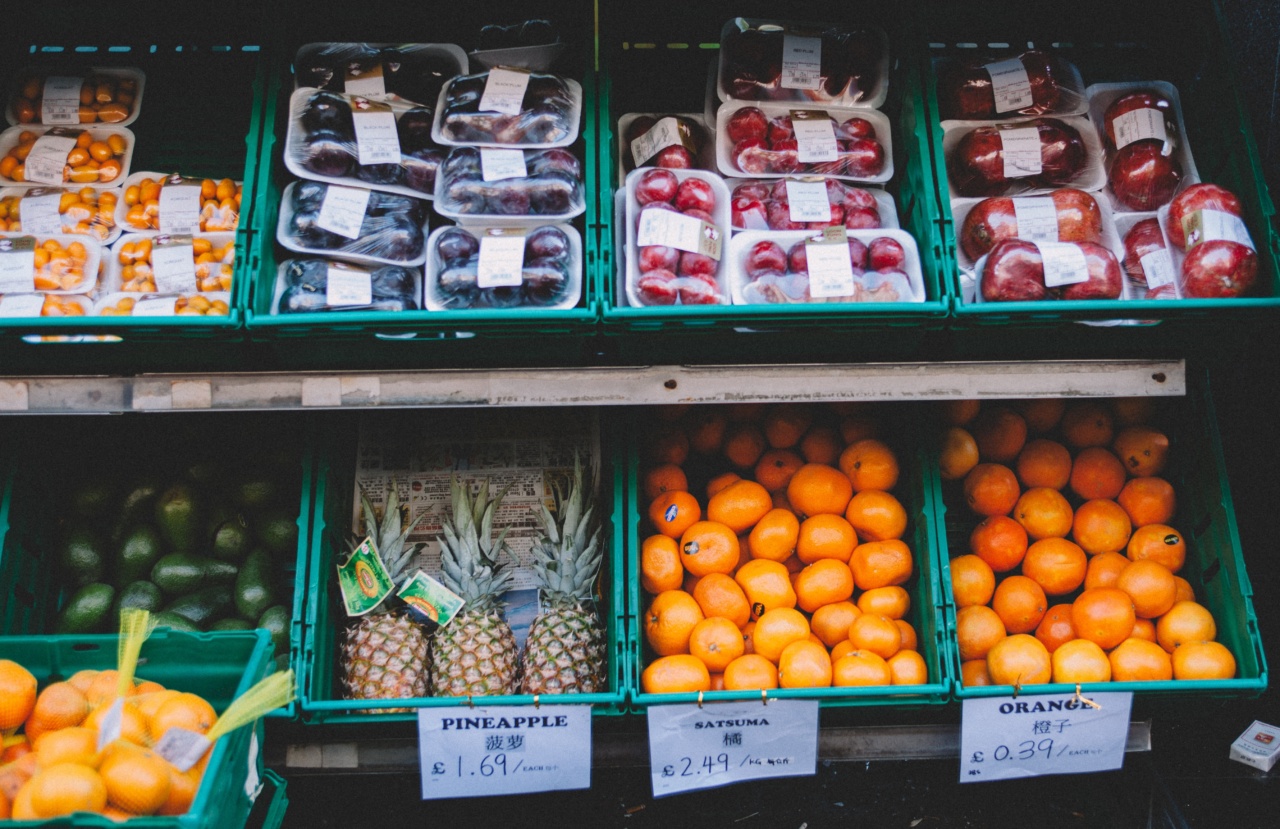Bad breath, medically known as halitosis, is a common oral issue that can be caused by a variety of factors. While poor oral hygiene is often the main culprit, the food we consume also plays a significant role in the development of bad breath.
Certain foods can lead to the production of foul-smelling gases that are released from the mouth, resulting in an unpleasant odor. In this article, we will explore the four food groups that are notorious for causing bad breath and discuss how they contribute to this oral concern.
1. Garlic and Onions
Garlic and onions, despite their delicious flavor, are infamous for causing bad breath. These aromatic vegetables contain sulfur compounds that are released when they are broken down in the mouth.
These compounds can linger in the mouth long after consuming them, even after brushing and flossing. The pungent smell can persist for hours, making it difficult to eliminate the foul odor completely.
2. Dairy Products
Dairy products like milk, cheese, and yogurt are excellent sources of calcium and other essential nutrients. However, they can also contribute to bad breath. The proteins present in dairy products act as a food source for oral bacteria.
The breakdown of these proteins by bacteria leads to the release of volatile sulfur compounds (VSCs), which are responsible for the foul odor. Additionally, lactose intolerance can cause digestive issues, leading to bad breath.
3. Coffee and Tea
While a cup of coffee or tea can provide a morning pick-me-up, they are not so kind to our breath. Both coffee and tea contain ingredients called polyphenols, which can promote bacterial growth in the mouth.
Caffeine, present in these beverages, can also contribute to dry mouth. A lack of saliva increases the risk of bad breath since saliva helps wash away bacteria and food particles. To counteract the effects of coffee and tea, it is essential to hydrate properly and maintain good oral hygiene practices.
4. Fish and Seafood
Although fish and seafood are excellent sources of lean protein and omega-3 fatty acids, they can leave behind a distinct odor.
Specific types of fish, such as tuna and anchovies, contain high levels of trimethylamine (TMA), a compound responsible for their characteristic smell. When consumed, TMA is metabolized by oral bacteria into trimethylamine oxide (TMAO), a volatile compound that can cause bad breath. Proper oral hygiene and regular consumption of water can help minimize the lingering odor.
Conclusion
While bad breath can be embarrassing and unpleasant, understanding its underlying causes can help in its prevention and management.
The four food groups mentioned above, including garlic and onions, dairy products, coffee and tea, and fish and seafood, are frequently associated with the development of bad breath. Being mindful of these foods and practicing good oral hygiene can go a long way in combating halitosis and maintaining fresh breath.




























